You already know the importance of keeping your blood glucose in good control to help prevent the complications of diabetes. But, did you know that high blood pressure can also increase your risk of stroke, heart disease, eye disease (retinopathy), kidney disease (nephropathy) and possibly damage to your nerve endings (neuropathy)?
High blood pressure and diabetes often go hand in hand. The good news is that we now have the results of many studies showing that being more aggressive in treating high blood pressure can reduce your risk of diabetes-related complications.
This past year new blood pressure goals for people with diabetes were set, based on this new evidence. Most people with diabetes should try to keep their blood pressure below 130/80.
You should have your blood pressure checked at every visit to your diabetes health care team. If either the upper number (systolic) or the lower number (diastolic) is above the goal, you should have it rechecked on another day to confirm that you have high blood pressure.
If your blood pressure is higher than 130/80, but less than 140/90, your doctor may recommend that you begin by making changes in what you eat and physical activity to control your blood pressure. Medication is frequently needed if your blood pressure is above 140/90. If your blood pressure is above the goal, there are several things that can be done to lower it.
·Eat less salt. Several studies have shown that eating foods with less sodium and using less added salt can lower blood pressure. One study used a diet called the DASH diet to lower blood pressure. The diet included 8-10 servings of fruits and vegetables every day, low-fat dairy products, and was low in fat and sodium. Keep in mind that even though you may not add salt to food, most of the sodium you get comes from packaged foods and fast foods. Read labels and try to use foods with less than 400 milligrams of sodium per serving or less than 800 milligrams of sodium per entrée or convenience meal. For more information on the DASH diet, go to www.nhlbi.nih.gov and select health information, then heart and vascular disease.
·Lose weight if overweight. You don't have to lose 50 pounds to lower your blood pressure. Relatively small amounts of weight loss such as 10 pounds can lower your blood pressure as well as improve your blood glucose and cholesterol.
·Increase physical activity. Moderately-intense physical activity such as brisk walking for 30-45 minutes most days of the week can lower blood pressure. If you're inactive, start by taking 5-10 minute walks several times a day until you can comfortably walk briskly for 30-45 minutes. Make it a goal to do some kind of physical activity every day.
·Medication. People with diabetes often require three or more types of medication to keep their blood pressure less than 130/80. If you have experienced side effects with one type of medication, don't give up. There are many types of blood pressure medications that your doctor can prescribe for you that you can more easily tolerate.
Remember that you are the one in control of your diabetes. Every day you make choices about how you eat, how active you're going to be, how often you're going to stick your finger, when you take your medication, and many other choices that affect your health. Armed with the knowledge that good blood pressure control as well as good blood glucose control prevent diabetes complications, it's up to you to take the steps that lead to a healthier life.
Free Diabetes Newsletter
The Hall County Extension Service provides Diabetes Life Lines, a bi-monthly diabetes newsletter. It is written by Food and Nutrition Specialists at the University of Georgia, College of Family and Consumer Sciences. This newsletter brings you the latest information on diabetes, nutrition, the diabetes exchange system, recipes, and other important events.
To receive this free newsletter in English or Spanish, call my office at 770-535-8290.
Debbie Wilburn is County Agent/Family and Consumer Science Agent with the Hall (770)535-8290 and the Forsyth (770)887-2418 County Extension Service.
Saturday
August 2nd, 2025
8:49AM








